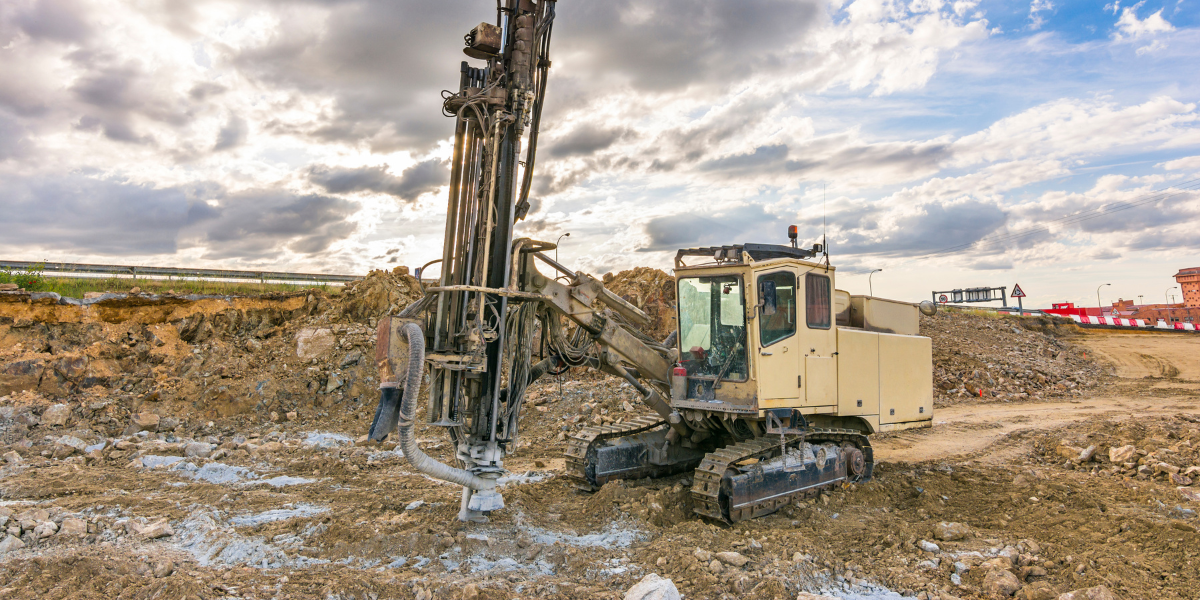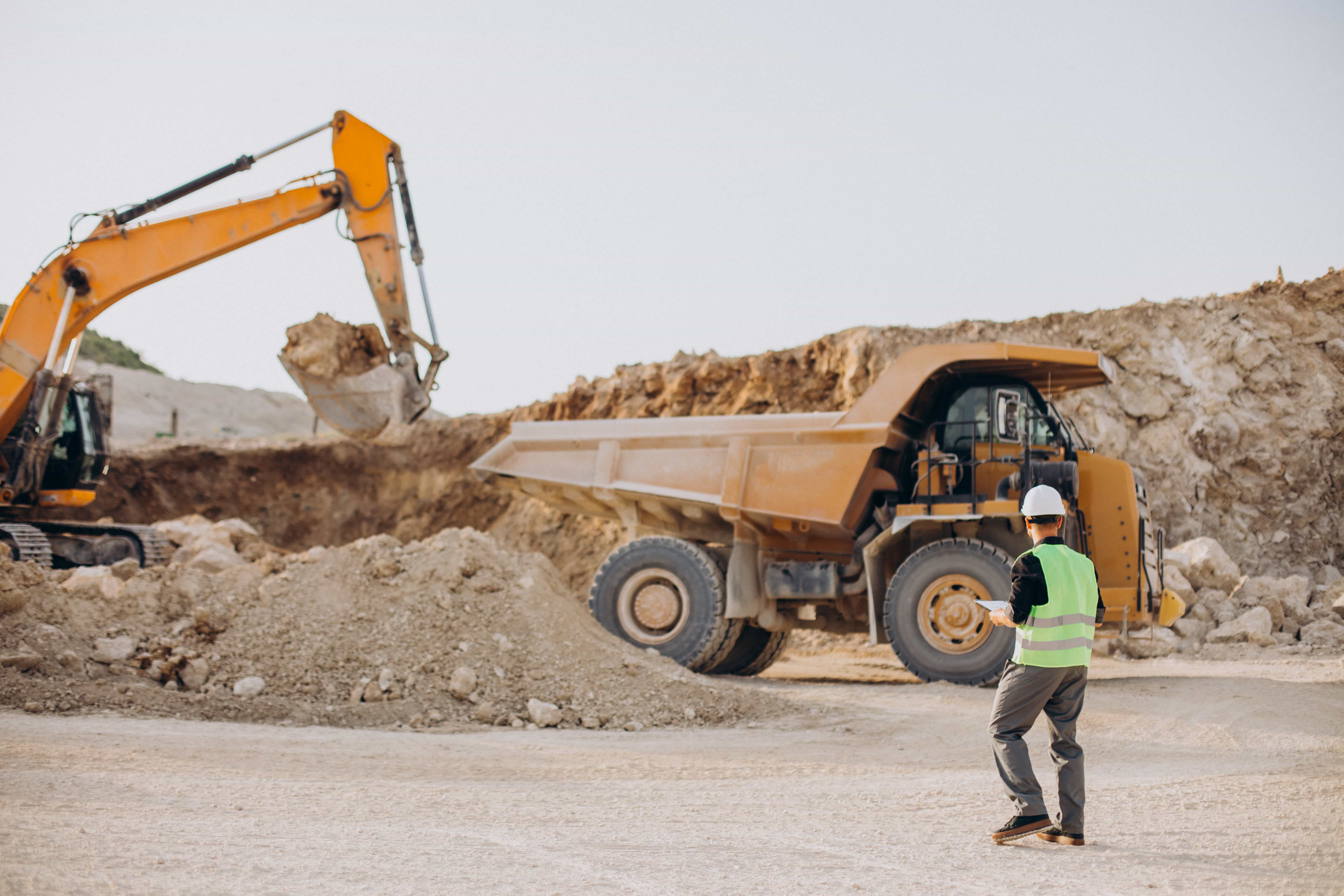Leading Consulting Civil Engineering Companies for Infrastructure Projects
Leading Consulting Civil Engineering Companies for Infrastructure Projects
Blog Article
Exploring the Crucial Role of Consulting Engineers in Geotechnical Projects: An Extensive Overview of Their Payments and Duties
Consulting designers offer as pivotal figures within geotechnical tasks, charged with the complex responsibilities of evaluating subsurface conditions and ensuring the structural stability of constructions. As we check out the diverse payments of consulting designers, it comes to be obvious that their involvement is necessary to browsing the obstacles integral in geotechnical undertakings.
Introduction of Geotechnical Design
Geotechnical engineering is a crucial self-control within civil engineering that concentrates on the actions of planet materials and their interaction with frameworks. This field encompasses the research study of dirt, rock, groundwater, and the auto mechanics governing their residential properties and behaviors. Geotechnical engineers assess the physical and chemical residential or commercial properties of these materials to identify their suitability for numerous building and construction tasks, making certain that structures are founded on secure and reputable ground.

Additionally, geotechnical designers need to take into consideration environmental factors, such as dirt contamination and groundwater administration, to promote lasting growth. Their proficiency is vital in enhancing the design and building and construction procedures, eventually adding to the long life and safety of civil design tasks.
Key Obligations of Consulting Engineers

Furthermore, they are accountable for developing layout specifications and specifications that comply with regulatory criteria and best methods. This consists of examining website problems and establishing ideal construction techniques, which is essential for minimizing threats linked with ground instability.
Consulting designers also work as intermediaries between numerous stakeholders, including clients, specialists, and regulative bodies, facilitating clear interaction and partnership throughout the task lifecycle. consulting civil engineering companies. Furthermore, they give expert advice throughout building, making certain that geotechnical facets are appropriately dealt with which any type of unpredicted difficulties are taken care of properly. Ultimately, the diverse obligations of getting in touch with engineers are basic to the stability and success of geotechnical projects, influencing both safety and security and sustainability in construction methods
Website Analyses and Investigations
A thorough site evaluation is important for comprehending the subsurface problems that influence geotechnical tasks. Consulting designers play a crucial duty in conducting these evaluations to make sure the safety and viability of building and construction activities. This process usually includes a collection of examinations, consisting of soil tasting, borehole exploration, and geophysical studies, to collect critical data on soil residential properties, groundwater degrees, and the geological context of the website.
Engineers helpful resources analyze the obtained data to identify the potential obstacles postured by the subsurface conditions, such as dirt instability or high groundwater degrees, which can impact the style and implementation of the project. Furthermore, site assessments help in evaluating the presence of contaminants, which is essential for ecological compliance and making sure public safety.
Furthermore, seeking advice from designers collaborate with multidisciplinary groups to incorporate findings from website investigations into wider job purposes. With rigorous documentation and coverage, they give essential understandings that inform stakeholders concerning the viability of the site for recommended advancements. Ultimately, the thoroughness of site assessments lays the structure for reliable planning and design options, mitigating risks associated with unpredicted subsurface conditions.
Design and Danger Management
After performing thorough website assessments, consulting designers concentrate on the style and threat administration facets of geotechnical projects. This stage is vital as it ensures that the engineered solutions are not just effective yet also secure and sustainable (consulting civil engineering companies). Designers utilize their knowledge to create layouts that address the details geotechnical problems determined during the site analyses, including soil properties, groundwater habits, and possible hazards
Danger monitoring is integral to this process, as it entails recognizing, evaluating, and mitigating prospective threats connected with the project. Engineers use numerous logical methods and modeling methods to anticipate the actions of dirt and rock under various loading conditions. By assessing uncertainties and potential failure modes, they can suggest layout alterations that boost stability and reduce danger.
Furthermore, getting in touch with engineers ensure conformity with relevant codes and requirements, which are necessary for decreasing responsibilities. They additionally prepare backup strategies to resolve unexpected challenges that might emerge throughout building and construction. Via meticulous design and proactive threat monitoring, consulting designers play a crucial duty in ensuring the safety, functionality, and longevity of geotechnical jobs, inevitably adding to the general success of the construction endeavor.
Cooperation With Project Stakeholders
Effective partnership with job stakeholders is necessary for the success of geotechnical tasks. Consulting engineers play a crucial role in helping with interaction among various events, consisting of customers, my link specialists, regulative authorities, and environmental professionals. This partnership ensures that all stakeholders have a clear understanding of task goals, timelines, and potential threats.
Consulting engineers are in charge of incorporating stakeholder input right into the design and implementation of geotechnical services - consulting civil engineering companies. By proactively engaging with stakeholders, they can identify worries early in the job lifecycle, enabling prompt adjustments and mitigating possible conflicts. This aggressive technique not only cultivates count on yet likewise boosts job performance
Additionally, speaking with designers need to browse the complexities of governing compliance, making certain that all geotechnical methods straighten with legal and environmental criteria. Their experience around is crucial in preserving open lines of interaction with regulatory bodies, thus promoting smoother approvals and allowing processes.
Final Thought

Report this page